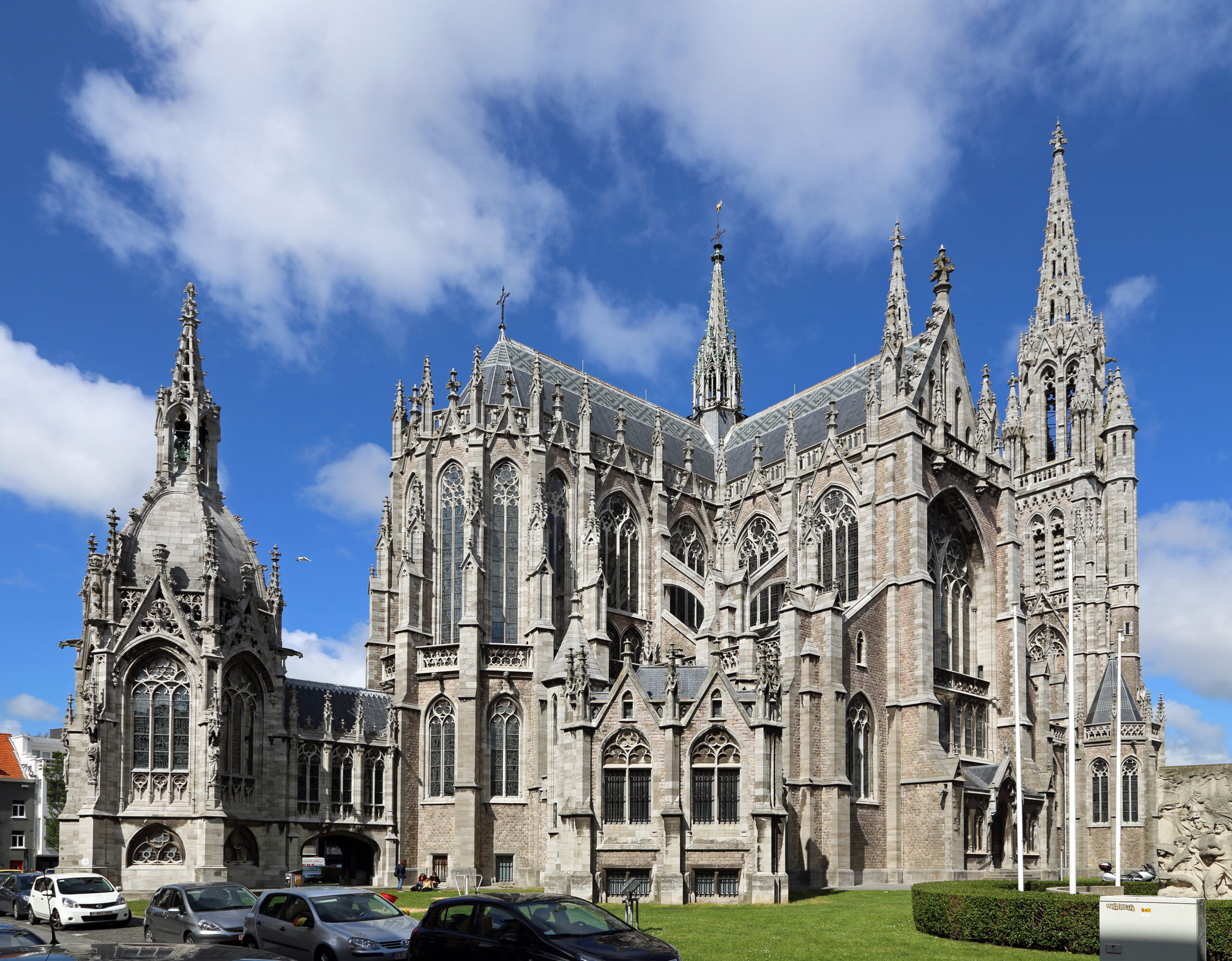In the realm of architectural wonders, the Gothic arch lintel stands tall as an emblem of exquisite beauty and structural ingenuity. Across the ages, this enduring design element has graced innumerable structures, making an unforgettable impact on the realm of architecture. We will delve into the intricacies of the Gothic arch lintel, exploring its historical significance, construction techniques, and the everlasting allure it brings to modern-day architecture.
The Enigmatic Gothic Arch Lintel: Unveiling its Secrets
What is a Gothic Arch Lintel?
The Gothic arch lintel is a distinctive architectural feature that primarily adorns entrances and windows. Its defining characteristic is the pointed arch shape, which differs from the traditional semicircular arches of Romanesque architecture. The roots of this distinctive architectural style can be traced back to the 12th century, reaching its zenith during the Gothic period, from which it acquires its name.
The Importance of the Gothic Arch Lintel in Architecture
Historical Significance and Symbolism:
During the medieval era, the Gothic arch linteles played a vital role in Gothic cathedrals and churches. Beyond its structural functionality, it held profound symbolism, representing a spiritual ascent towards the heavens. The arch’s height and upward-reaching form were believed to draw the eye upwards, encouraging thoughts of transcendence and divine connection.
Structural Advantages:
The pointed arch of the Gothic linteles offers significant structural benefits, distributing weight more efficiently compared to semicircular arches. This allowed for taller and grander buildings with larger windows, creating an illusion of spaciousness and heavenly light. The innovation of flying buttresses complemented the Gothic arch linteles, further enhancing the structural stability of these awe-inspiring structures.
Exemplary Examples:
Many renowned structures boast the captivating beauty of the Gothic arch linteles. The Notre-Dame Cathedral in Paris, France, stands as an exemplary showcase of how the Gothic arch linteles, gracing its iconic west façade, possesses a mesmerizing ability to enchant the observer and evoke profound feelings of awe and devotion.
The Construction of the Gothic Arch Lintel
To create the majestic Gothic arch lintel, master builders employed a keen understanding of geometry and stonemasonry. The key steps in its construction include:
Selection of Materials:
Gothic arch lintels were commonly crafted from stone due to its durability and malleability. Local quarries provided the materials, giving each region’s architecture a unique touch.
Laying the Foundation:
The construction process began with a solid foundation and sturdy walls to support the weight of the lintel and the structure above.
Carving the Stone:
Skilled artisans meticulously carved individual stones, shaping them to form the elegant pointed arch. Precision was paramount to ensure a seamless fit.
Assembling the Arch:
Each stone piece was artfully place one atop another, forming the graceful curve of the Gothic arch. Mortar was used to secure the stones firmly in place.
The Gothic Arch Lintel in Modern Architecture
Even in contemporary times, the allure of the Gothic arch linteles remains undiminished. Architects and designers continue to draw inspiration from its timeless elegance, incorporating its elements into modern structures, both residential and commercial. The mesmerizing blend of history and innovation adds a touch of sophistication and grandeur to any architectural endeavor.
Conclusion:
In the annals of architectural brilliance, the Gothic arch lintel stands as an exceptional testament to the human quest for beauty, spirituality, and structural innovation. With its origins deeply rooted in the medieval era, this unique design element continues to mesmerize and inspire us today. Its enduring charm and symbolic significance ensure that the Gothic arch linteles will forever hold a prominent place in the tapestry of architectural excellence.


